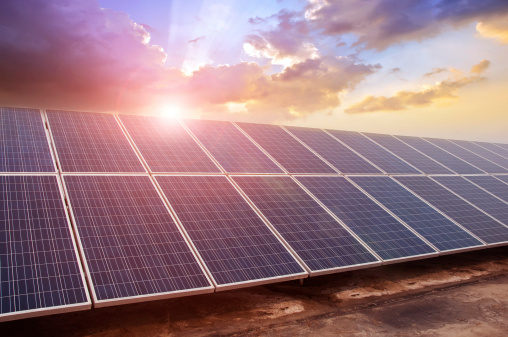Cooking and the Sun: What Conduction Principles Tell Us about Solar-Powered Kitchens
One of the attractions at Walt Disney’s Magic Kingdom in Orlando, Florida, is Tomorrowland, a section of the park that envisions the world’s future. In the Carousel of Progress, visitors are treated to a timeline of electronic and technological development, culminating in a “home of the future.” Considering when the attraction was first designed, this “home of the future” is a bit dated even now.
But the question is an interesting one. What will the homes—and kitchens—of the future look like? What developments in conduction principles will allow chefs and home cooks alike to streamline their efforts, resulting in more energy-efficient and time-efficient meals?
It seems almost certain that at some point, nearly all kitchens will be solar powered. In fact, many kitchens have already made the switch: and we’re not just talking about small, personal kitchens, either.
The country of India is currently host to the world’s largest solar-powered kitchen:
A system has been installed as a collaboration between the Academy for a Better World and Brahma Kumaris World Spiritual University, with technology from Solare-Brücke, Germany. With 84 receivers and cooking at 650 degrees, the system can produce up to 38,500 meals a day when the sun is at its peak! (Inhabitat)
What could be more appropriate than using our solar system’s main source of heat and energy to provide fuel for our own bodies through solar cooking?
Whether or not your kitchen has already made the switch to solar-powered cooking, you still must keep your food warm between the oven and the plate. For more information on our fine line of industrial food warmers, please feel free to contact us.
Posted in: Innovation
